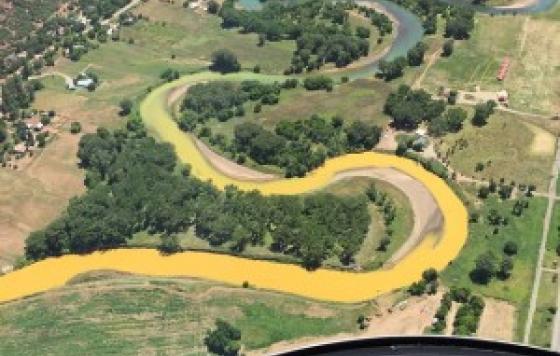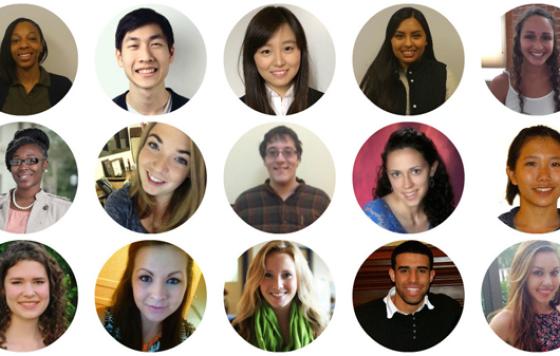
By GI Jos: Brandon Wang ’16, Kai Salem ’18, Andrew Vann ’17, Grace Molino ’18, Jessie O’Dell ’16
Originally posted at SwearerSparks
The referenced media source is missing and needs to be re-embedded.
We’re the GI Jos, one of three student teams in this year’s Teaching Research and Impact Lab (TRI-Lab) on Climate Resilience in the West End. TRI-Lab is a community based research initiative that brings together students, faculty, and community partners to think about creative solutions to complex social and community issues. During this two-semester engaged research lab, we will collaborate with existing community organizations and non-profits in the West End to come up with creative ways to reduce the impacts of climate change in the West End.
GI stands for Green Infrastructure, the use of natural systems like vegetation to manage stormwater, floods, and heat in a built environment. We hope to work with community partners that have experience with Green Infrastructure to mitigate the effects of increased storm events and heat in the West End. Working closely with Clean Water Action, we have spent the past couple of weeks developing three different projects. First we hope to create a map for our community partners that reflects areas of intense flooding in the West End which would reflect critical areas that would benefit from a GI intervention. Using this information, our second project will involve creating a pilot GI intervention in a visible community area which will give residents the opportunity to become familiar with the benefits of GI projects. In our third project we will research and analyze Providence’s current parking policies, which we envision is a barrier to the city of Providence’s ability to implement a larger number of GI projects.
Our first step in creating these project plans was an assigned walk around the West End to gain a sense for the community that statistics cannot describe. As we braved the cold and winds, we discovered that the West End is an eclectic mix between residential homes, parks and churches, intermixed with industrial buildings, abandoned buildings and vacant lots. As a mixed income community, many members of our groups noted the lack of green space as yards were paved to make parking for cars: evidence our project was needed.
The West End is Providence’s largest neighborhood, bound by Westminster Street to the north, Elmwood Avenue to the east, Huntington Avenue to the south, and the railroad to the west. Based on the 2010 census, the West End is a diverse neighborhood: 57.7% Hispanic, 14% Black, 14% White, 10.7% Asian/Pacific Islander, and 3.7% other (provplan.org).
In the past couple of weeks, we have been working closely with Clean Water Action and Groundwork Providence to connect with individuals in Providence with experience in implementing Green Infrastructure projects in the city or working within the Providence Department of Planning. In the upcoming weeks, we will continue to collaborate with our community partners to come up with a detailed brief for each project that we are planning to implement. Creating this plan involves researching cities that have successfully implemented GI interventions, and becoming more familiar with their technicalities. A large part of this process will also involve listening to experts within the GI field to gain insight into the technical details of creating a GI intervention.
With the remaining weeks in the semester, we are working to refine our project plans so that they will be useful additions to our community partners’ existing work. Some of our preliminary steps will include contacting community organizations in the West End in order to find an appropriate location for a GI project. With some of us working with Clean Water Action in Providence over the summer, our goal for the remainder of the semester is to create a working plan with which to move forward during the rest of 2015.Related Posts
Stay Informed
Get the latest updates and actions:
Thanks for signing up!
There was a problem processing your signup. Please try again.


